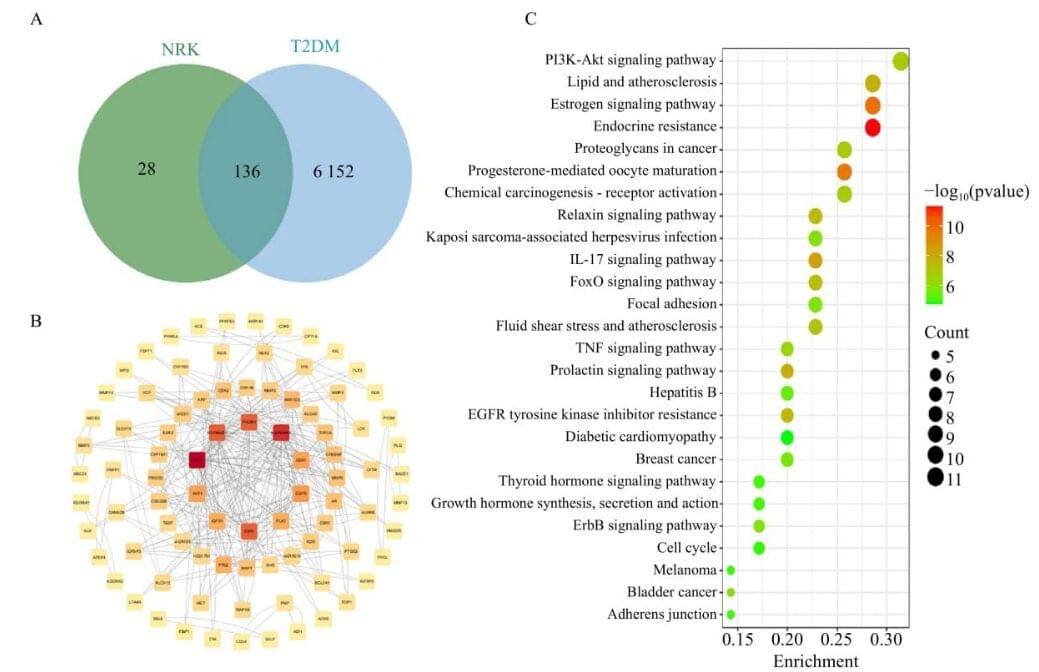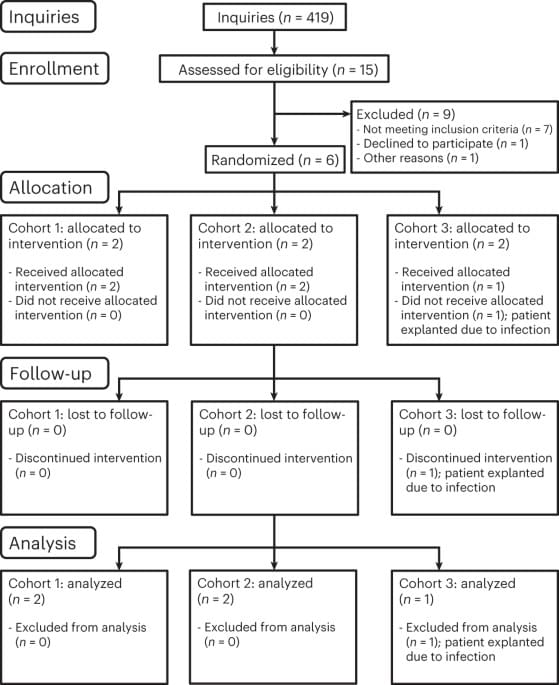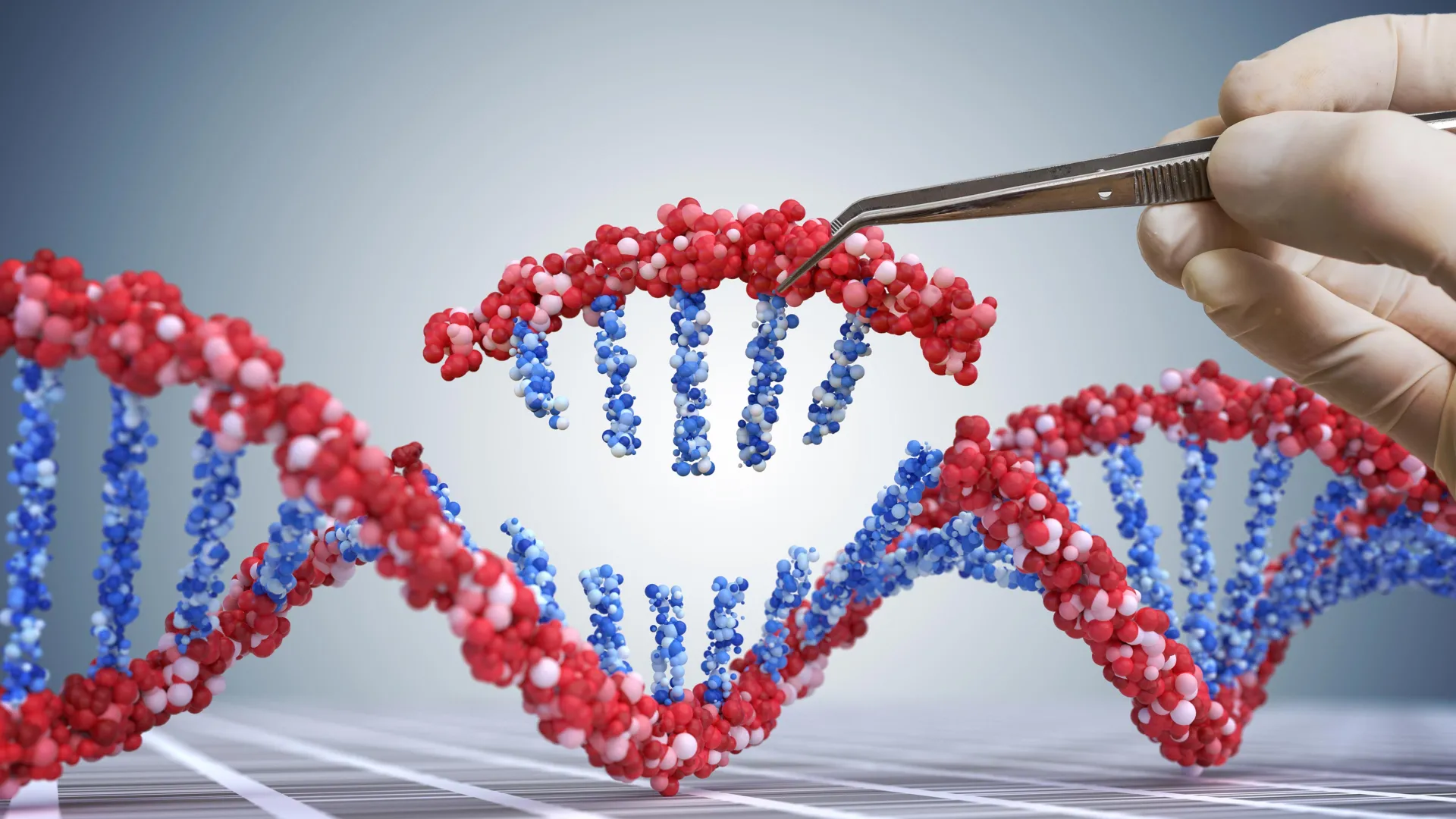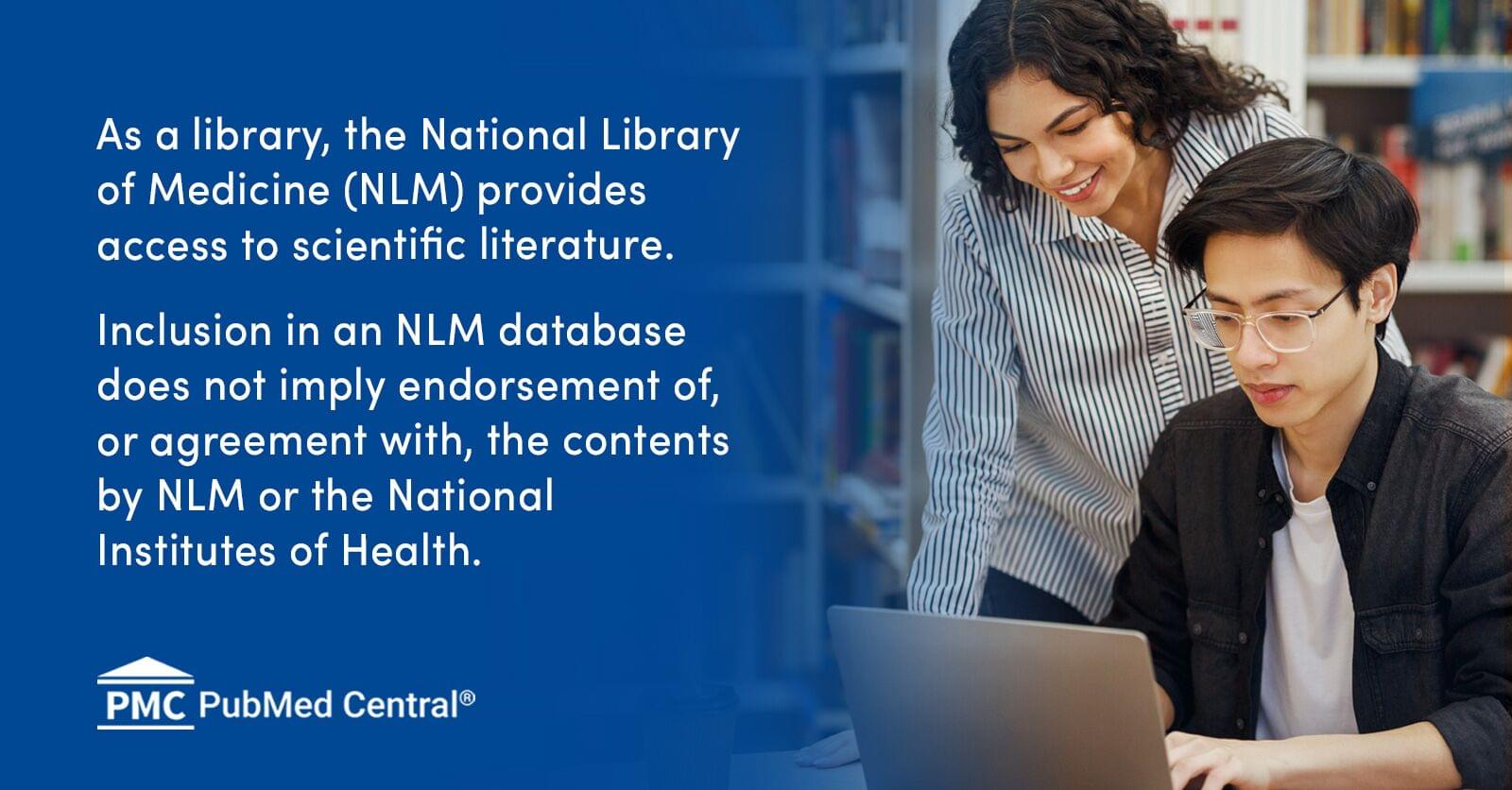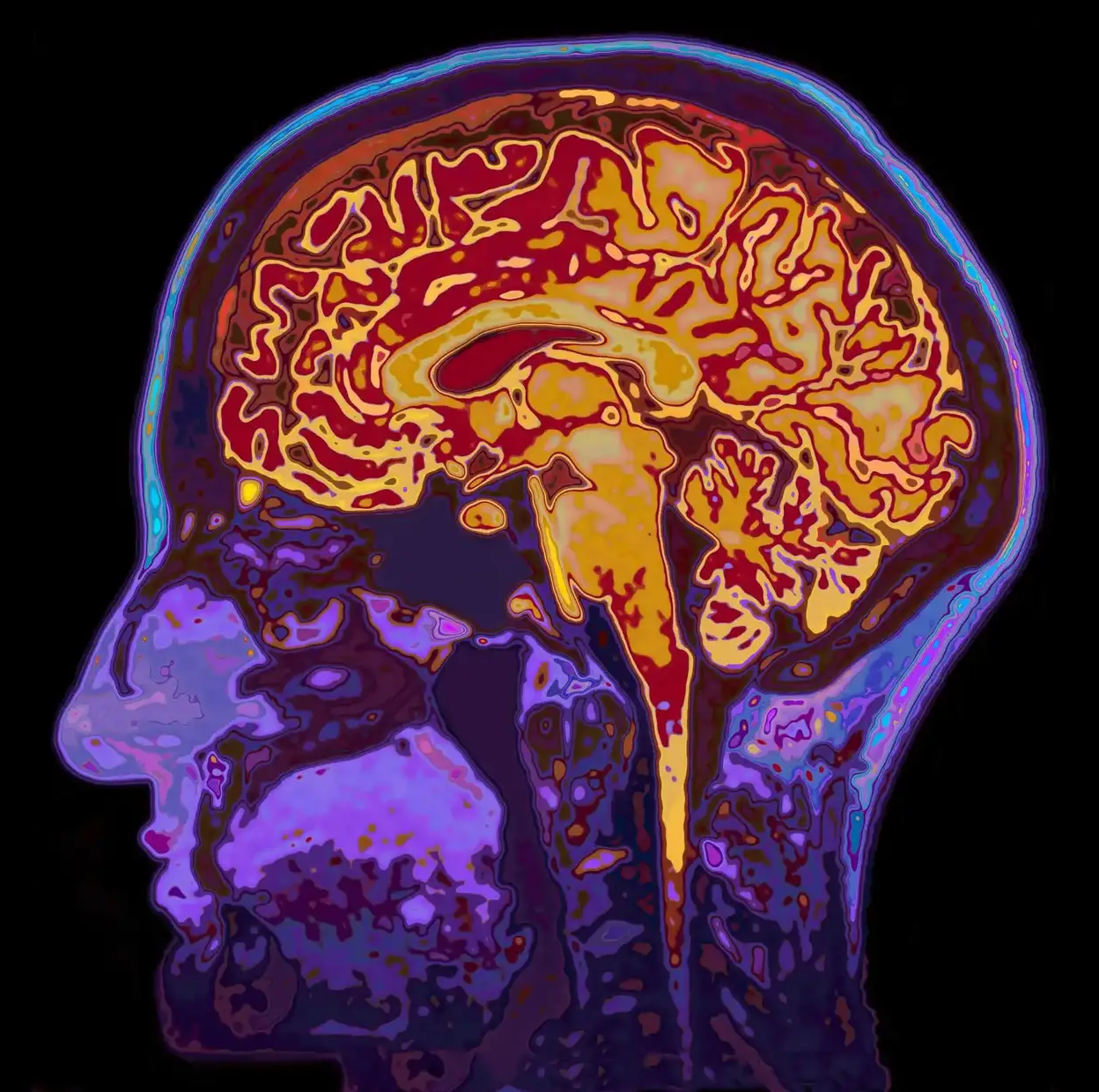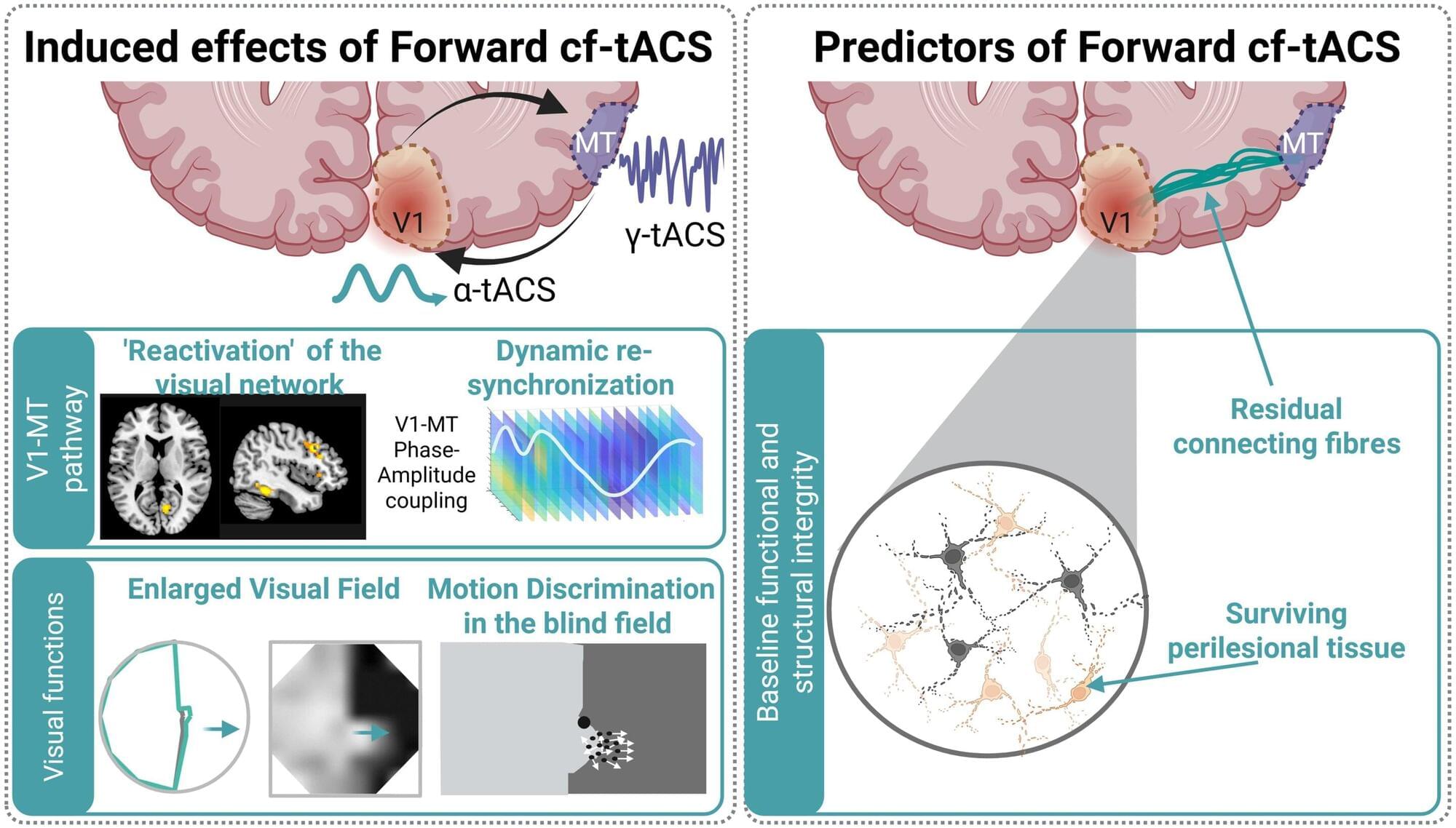Scientists may have uncovered a surprising new weapon in the fight against diabetes: the fruit of an ancient desert plant. Known as Nitraria roborowskii Kom, this resilient shrub has long been used in traditional medicine but has only recently gained scientific attention. In modern experiments, its fruit extract displayed a remarkable ability to reverse insulin resistance and restore healthy metabolism in diabetic mice.
The results went far beyond stabilizing blood sugar. Researchers found that the extract also corrected lipid imbalances and reduced oxidative stress, two major complications of diabetes. These effects were linked to the activation of a key cellular signaling pathway that helps regulate metabolism. Taken together, the findings suggest a powerful new direction for developing safer, more natural treatments for diabetes, one of the world’s most common chronic diseases.
As the number of people living with diabetes continues to climb, potentially reaching 750 million by 2045, scientists are urgently seeking better ways to manage the condition. Current medications can treat symptoms but often fail to tackle the root causes of metabolic dysfunction and may cause side effects over time. This challenge has driven researchers to reexamine traditional medicines in search of untapped therapeutic compounds.
